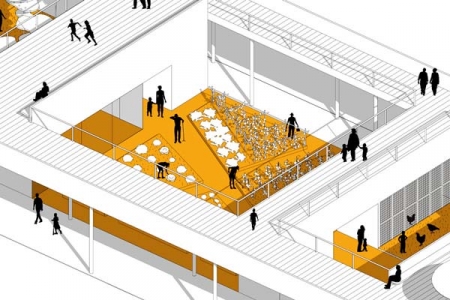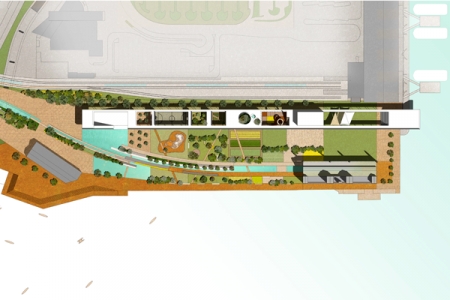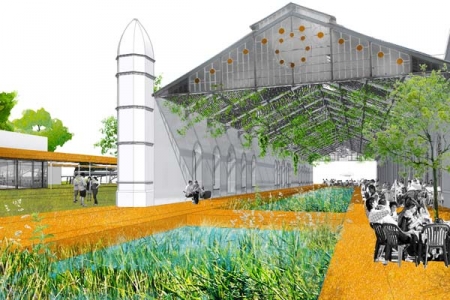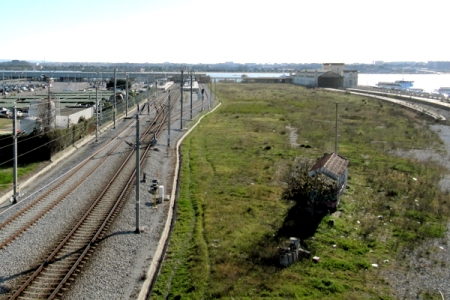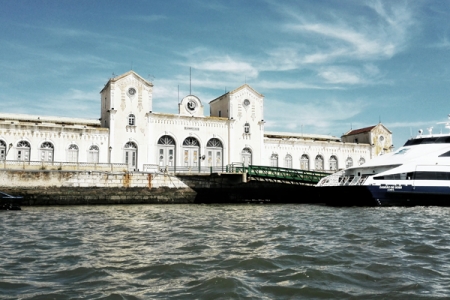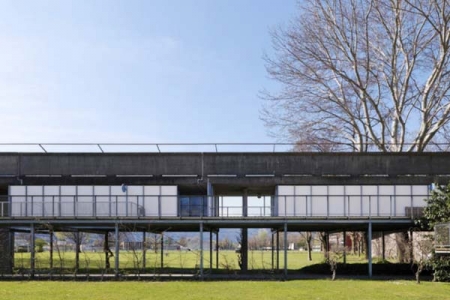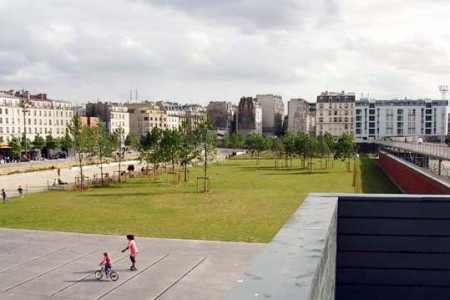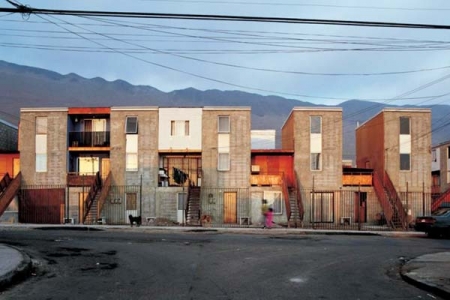Between the Lines
Barreiro (PT) – Winner
TEAM DATA
Team Representative: Lucie Weber (FR) – architect; Associate: Remy Girardin (FR), Arnaud Casemajor-Loustau (FR) – architects
Contributors: Joachim Bolanos (FR), Francesco Loconte (IT) – architects
1, rue des juifs 67000 Strasbourg – France
+33 6 83 36 45 48 – lucie.weber@live.fr
See the complete listing of portraits here
See the site page here

A. Casemajor-Loustau, R. Girardin & L. Weber
INTERVIEW
Click on the images to enlarge
1. How did you form the team for the competition?
We had known each other from previous common experiences: at school or in different architectural firms. All of us are architects but we have different sensitivities and interests: we had a lot of long arguments about this project! Those differences along with the diverse skills of each team member resulted in good complementarity.
2. How do you define the main issue of your project, and how did you answer on this session main topic: Adaptability through Self-Organization, Sharing and/or Project (Process)?
We were looking to make an intervention that is strong enough to have an impact on the urban fabric and the landscape while leaving room for local resident's participation. Rather than a building, we tried to think of a system that would unify diverse program parts and make the most of the existing features of the site. It materialized in a natural space in which a “skeleton” appears, flexible enough to suit the needs and desires of potential users and self organized initiatives.
3. How did this issue and the questions raised by the site mutation meet?
We tried to tackle the issue of the adaptable city at all stages of our reflection.
On a large scale, we did extensive research to understand the mutation of the site in the broader context of the on-going transformations in Barreiro and in the city of Lisbon, which allowed us identifying needs and to have a global strategy.
We then took inventory of the existing elements on the site (buildings of architectural and cultural relevance, traces of the industrial past, landscape qualities, views, uses ..) and tried to reveal a potential for every one of them.
Finally, we tried to think of a program that would build on existing local activities and initiatives to encourage and enable their development.
4. Have you treated this issue previously? What were the reference projects that inspired yours?
These are very current topics that we all tackled in our school projects. However, conventional architectural practice seems little concerned by those issues and we therefore have few occasions to deal with these matters in our professional lives. It is the whole point of competitions like Europan to raise those topics in a concrete way.
While developing our project, we were inspired by the landscape works of people like Michel Corajoud or Gilles Clément. The latter wrote about “changing the whole by acting on the boundaries”, which really applies to our project. Another example we could link our project to would be Alejandro Aravena's social housing units allowing residents’ participation.
5. Today –at the era of economic crisis and sustainability– the urban-architectural project should reconsider its production method in time; how did you integrate this issue in your project?
Without completely dismissing the idea of public intervention, the project demands low financial participation from authorities and makes a lot of room for citizens’ participation. We proposed an incremental project development first by acting on the site boundaries to progressively transform it to its core. The aim is to act on the boundaries to redefine the site.
The limit between the park we create by the river and the still in-use interchange terminal is a permeable filter, a flexible and versatile structure that can accommodate a wide range of activities allowing local resident’s participation. However, we do not believe that progress in sustainable development can be achieved without the leadership of a public authority. Polluted water treatment and recycled materials are not expensive and easy to process. When funded and encouraged by public power, they have an educational purpose and pave the way for alternative construction and development modes and self-organized initiatives.
6. Is it the first time you have been awarded a prize at Europan? How could this help you in your professional career?
This is the first time that we have participated to Europan. Our award encourages us to carry on our reflections on the city and the architectural project of the future. We obviously hope that our ideas for Barreiro will be implemented but we do not plan to set up our office in the conventional fashion of yesterday: the role of the architect is changing and so should our practice: we are on the way.
